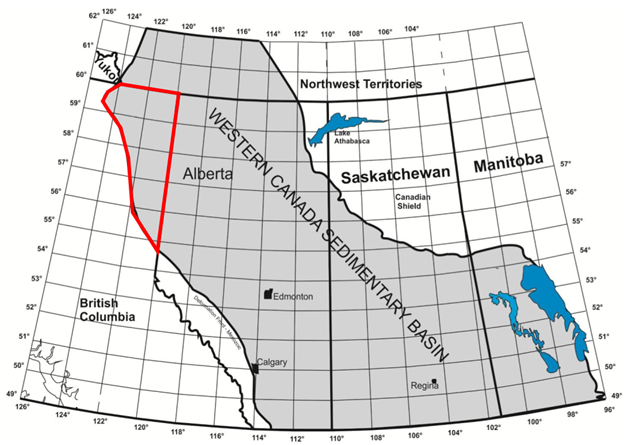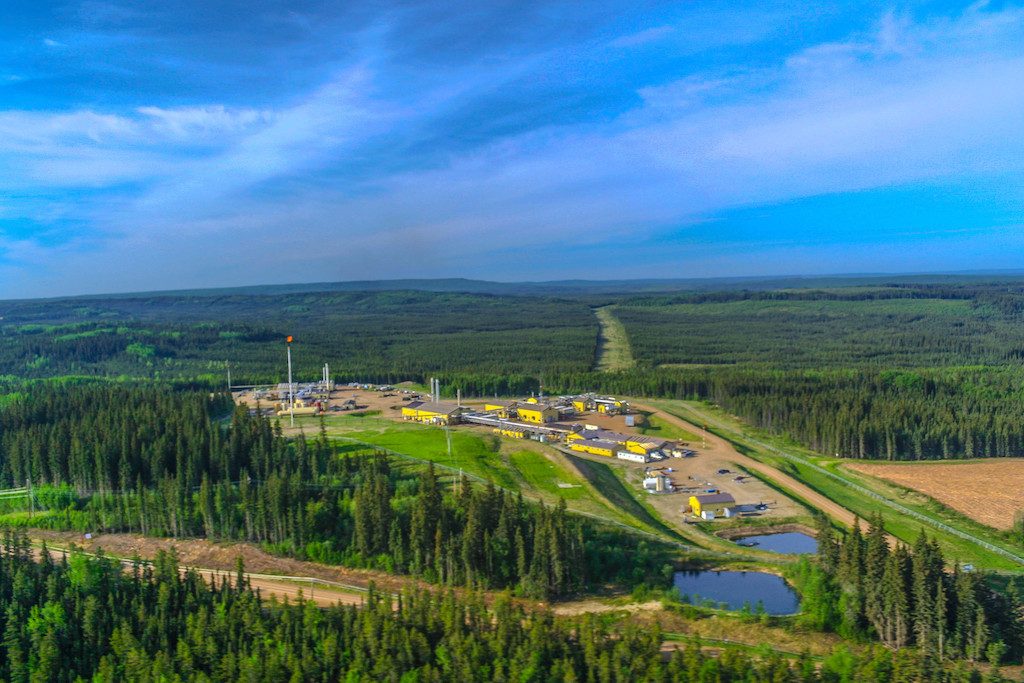Geothermal potential in sedimentary basin in BC, Canada
With several reports under its belt, Geoscience BC describes the opportunities for direct use and small-scale geothermal power generation in Northeastern British Columbia, Canada
Independent, public geoscience research entity Geoscience BC collects data about British Columbia’s minerals, energy and water resources and has also been engaged in exploring geothermal options for the province in Canada.
In a piece on its website, Geoscience BC Chief Scientific Officer Carlos Salas highlights the largely unknown geothermal potential in northeastern BC (NEBC)’s Western Canada Sedimentary Basin, and summarizes public geoscience for the region available through Geoscience BC.

“Traditionally, the Western Canada Sedimentary Basin is known for its abundance of oil and natural gas, but it is relatively unknown that it has massive potential for alternative energy. Northeast BC (NEBC) lies within a hot sedimentary basin: an area with above average heat flow due to underlying radiogenic basement rocks. The potential for geothermal energy usage in the region could not only help the natural gas industry reduce greenhouse gas (GHG) emissions, but could also help communities supplement heating costs, with further potential to produce green hydrogen using excess geothermal power capacity.”
Five Geoscience BC projects have looked at various technical aspects related to the geothermal energy resource potential of the Western Canada Sedimentary Basin in NEBC.
The initial study assessed the economic viability of selected geothermal resources in BC, looking at 18 sites of which, Clarke Lake and Jedney were identified as notable targets in NEBC. Clarke Lake has since seen the start of development of a project looking at repurposing an abandoned gas field to producing geothermal energy.
A second study looked at direct-use geothermal resources, providing a roadmap for direct use of geothermal heat identifying various potential applications and a roadmap for communities on how to self-assess for applicability.
Additional three projects refined the potential for geothermal power generation in NEBC.
The geothermal potential of the province of British Columbia is often linked to the volcanic belt, essentially the continued volcanic line from the very southern tip of South America, throughout Central America and along the whole North American western coastline.
The opportunity for NEBC, so Geoscience BC, lies in economic development through direct-use heating and small-scale power generation. The reason for the smaller-scale element lies in the remoteness of some of the sites and the economics of installing costly transmission lines.
Learn more with the link below.
Source: Geoscience BC


















